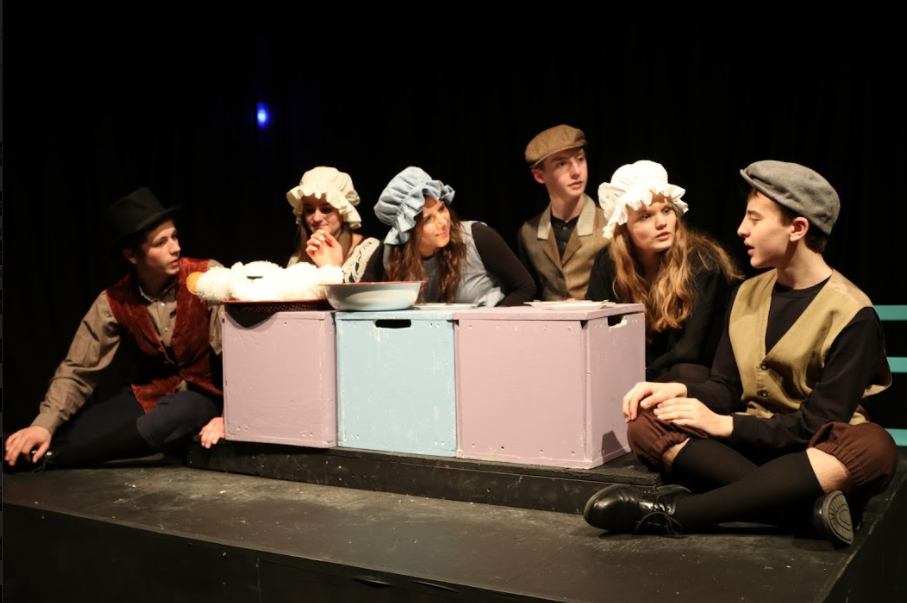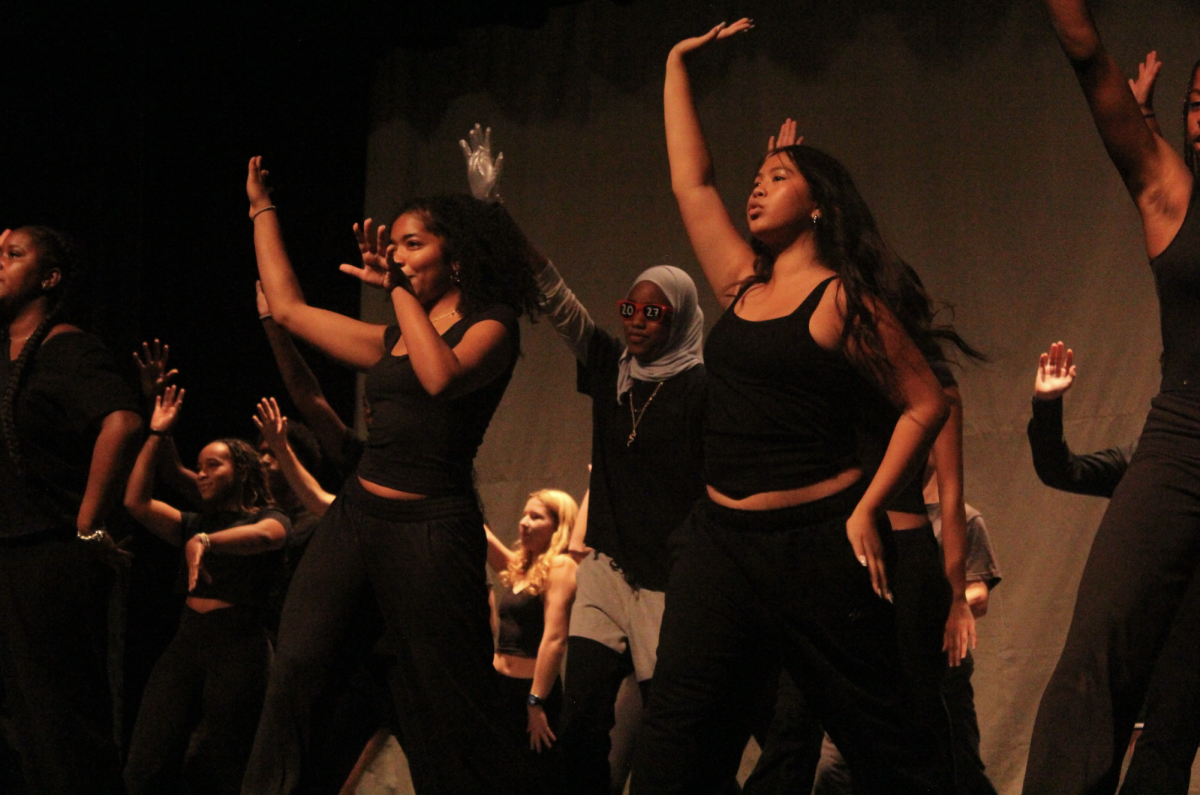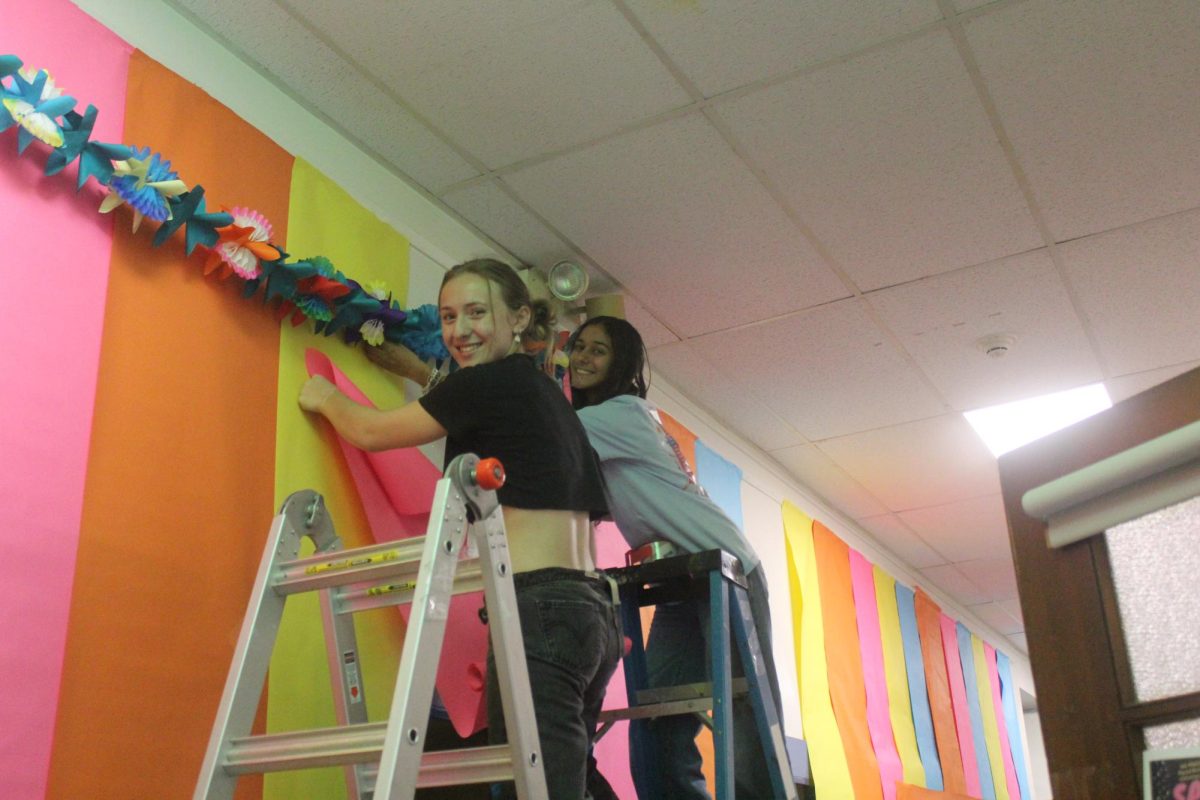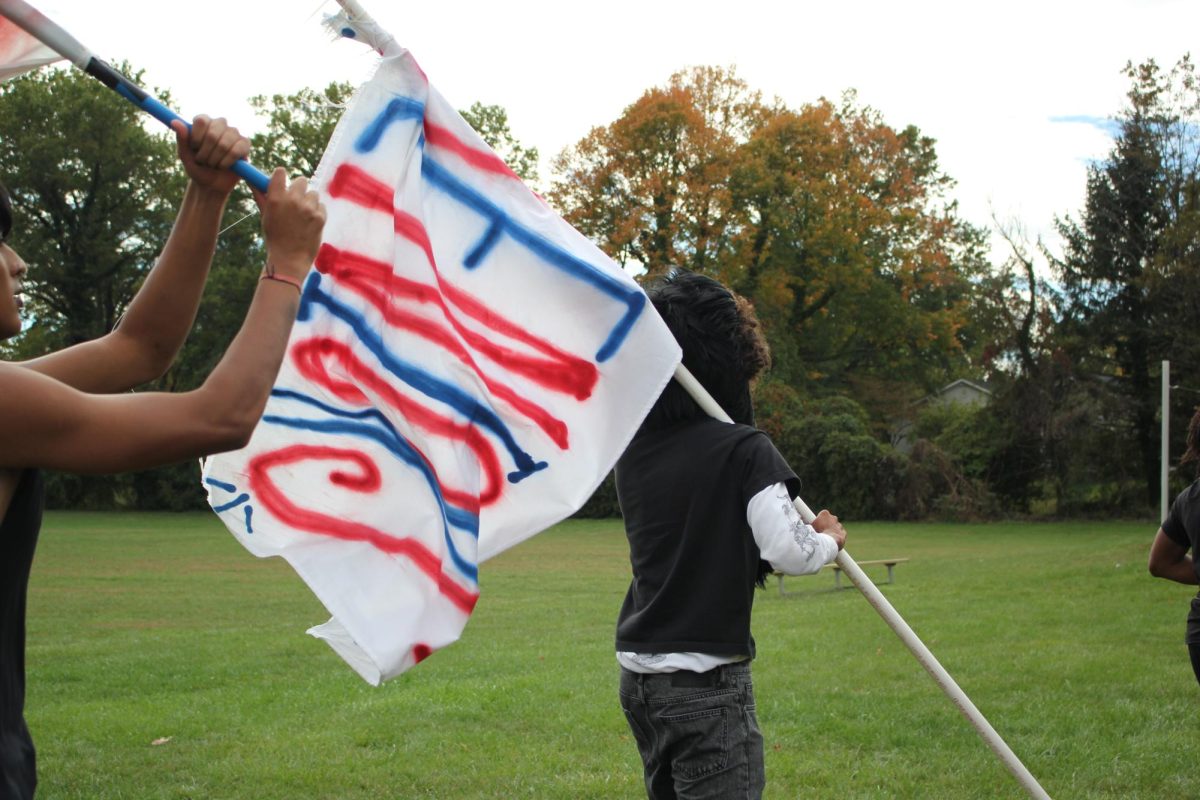
MFS theater presented “An Evening of Christopher Durang,” on March 10, marking MFS’s first black box production. Seating was onstage among the actors and offered the actors and audience a unique experience. Although a series of snow days resulted in the cancellation of the Friday show, the MFS theater crew came together on Saturday to perform MFS’s first black box production. WordsWorth asked Ms. Angela Wertner, the director of the play, how she managed to pull off the special production.
WW: What is a black box production?
Angela Wertner: A black box production is generally theatre with three sides. Often the idea of the production is to have your actors connected to your audience.
WW: Why did you choose to have a black box production for this particular production? Did it add to the dark comedy aspect of the production?
AW: I chose to have a black box production mostly because it was a new acting platform for our students. Also, the satiric nature of the scenes really played well with the technical aspects allowing the audience to experience the intensity of the scene. Having the audience close to the actors really worked well with the comedy aspect. [Also,] any scene you do in black box can be less technical and because it is less technical, you can pull out the notes of the comedy. It can really shine because people can really take in the character, and the dark comedy can be taken in from the characters on a deeper level.
WW: How did it affect your directing and the students’ acting?
AW: When you are directing you have to consider that you have three fronts. Often you have to consider how you are staging and blocking things because people on the sides are getting a front view as well. The characters can’t hide from anything because the audience is right here. They can see you whisper. It’s like you’re constantly under a magnifying glass.
WW: What’s been the hardest and easiest part of trying to put together MFS’ first black box production?
AW: The hardest was having two snow days! Tech week is the first time when everyone is all together, so you really need that time, which was unfortunately pulled away from us. The other hard thing was to set up the seats, because the audience can feel uncomfortable when the seats are all together. The easiest thing was that it made [the actors’] playing space smaller and more accessible. They could focus on the acting, and you didn’t have to worry about twenty five people on stage. It made it way easier for [each individual character] to stand out.
WW: What did you hope for audiences to gain from this style/technique of a play?
AW: I hoped audience members got to see their actors in a new light and got to have them shine in a different way because doing standard theatre doesn’t always work for all shows. I was hoping it would let [the audience] see something different, and it would allow the actors to feel the intensity. I think it worked really well when we got to Saturday’s show. I think everyone played off of everyone’s energy. The audience played off the fact that the actors were so close, and then the actors gained the audience’s energy. That’s what black box allowed: [the audience and actors to] work off of each other.






